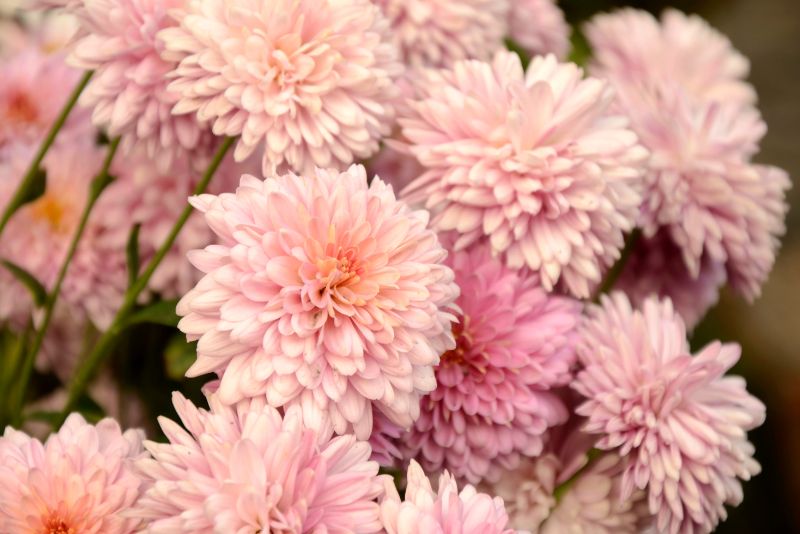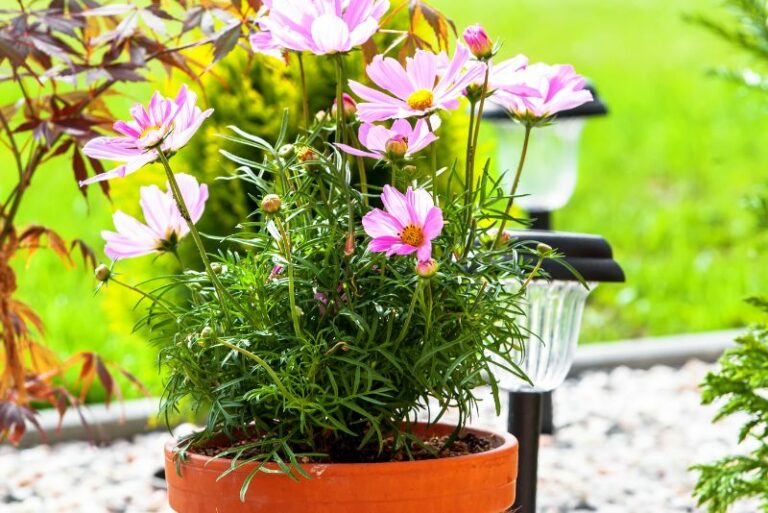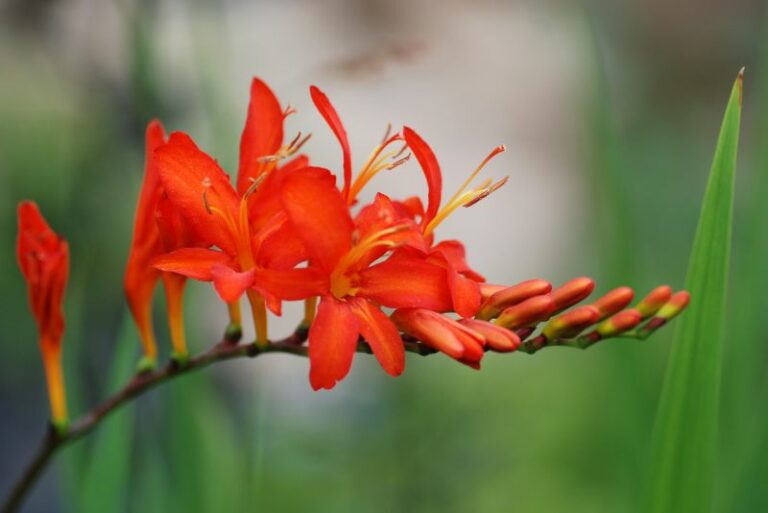Overwintering Mums: Essential Tips for Thriving Blooms Come Spring
For gardening enthusiasts, the transition to winter can be bittersweet—while it’s a period of dormancy for many plants, it’s also a time to craft the conditions necessary for a vibrant spring. Mums, known for their resplendent autumnal displays, are no exception. Winterizing your mums ensures that the vibrant colors and the spirit of life they embody return when the thaw sets in.
In this comprehensive guide, we will walk you through the process of winterizing your mums, ensuring they are well-equipped to endure the cold and return with their colorful array next season. From understanding the nuances of mum care to employing the right methods, this post is a one-stop resource for safeguarding your mums through winter and celebrating their revival in spring.
Understanding Mums: It’s More Than Just a Pretty Flower

To effectively winterize your mums, it’s essential to understand what makes them tick. Chrysanthemums, or mums, are hardy perennials that belong to the daisy family. They come in various forms, from the classic single bloom to the lavish, multi-layered ‘spider’ mums. The key to their successful overwintering lies in recognizing that they have very distinct growth cycles and environmental needs.
Types of Mums and Their Winterizing Specifics
Different varieties of mums may require slightly different care. For instance, the cushion varieties tend to be hardier and may not require as much intensive winter care as the taller, colorful mums. Similarly, the garden mum—a popular pick for outdoor planters—is often more robust than its greenhouse counterpart. Acknowledging these differences will inform your horticultural approach.
Preparation for Winter: Setting the Stage for a Successful Dormancy
Timely Preparation: The Right Moment to Start Winterizing
For most regions, the time to start winterizing your mums is as the growing season ends. A good rule of thumb is to begin the process after the first frost or when the upper portions of the plant start to die back naturally.
Pruning and Cutting Back: A Strategic Art
Pruning mums before winter is not about brute trimming; it’s about strategic cuts. This process generally involves removing the spent blooms, cutting the stems back to about 4 inches from the ground, and cleaning up any fallen debris around the plant to prevent disease.
Soil Preparation and Mulching: The Shield Against the Cold
Mums aren’t particularly fussy about their soil, but they do appreciate well-draining conditions. Amending the soil with compost and other organic matter, followed by a generous layer of mulch, can help retain moisture and offer the root system extra insulation. We’ll explore different types of soil and mulch to detail their distinct advantages.
Winter Care Tips: The Keys to Survival
The most unpredictable aspect of winter is the weather. To be prepared, gardeners must be versatile, employing changing tactics based on the conditions. Here’s how to safeguard your mums in the chilliest months.
Protection From Frost and Cold: Covering Your Plants
If the forecast calls for a heavy frost, it’s time to protect your mums. A blanket, straw, or specialized frost cloth can provide the necessary warmth. It’s crucial not to use plastic, as it can cause the plant to rot.
Watering and Drainage: The Balancing Act
Overwintering mums need water, but they don’t need to be soaked. Proper drainage is crucial to avoid ice build-up that can damage the roots. We’ll discuss the optimal amount of water and techniques to ensure your mums stay hydrated without becoming waterlogged.
Sheltering Methods: Making a Home for Your Plants
Creating a sheltered space can significantly impact your mum’s survival. Options range from piling mulch high around the plant to constructing a temporary greenhouse. We’ll provide a comparison of these methods and offer advice on choosing the right one for your mums.
Spring Revival: Nurturing Your Plants to a Colorful Resurgence
Witnessing the first signs of life in your mums is a joyous occasion, marking the successful passage through winter and the promise of a new cycle. Here’s how to encourage that springtime growth and ensure your mums thrive.
Signs of Mums Coming Back to Life: What to Look For
The telltale signs are new green growth and, eventually, the formation of buds. As soon as you spot these, remove any protective coverings or mulch and allow the plant to breathe.
Care Tips for Spring Growth: Getting Them Ready for the Season
Caring for your mums in the spring is about gradual adjustment. Introduce them to the increasing daylight and warmer temperatures, adjust watering schedules, and, if necessary, feed to support the development of new shoots and flowers.
Conclusion: A Final Word on Mum Care
Winterizing your mums can be an intricate dance between preparation and action, but it’s an effort that yields spectacular results. By following the steps outlined in this guide, you can ensure that your mums not only survive the winter but emerge stronger, ready to burst into bloom and color the world around you.
Best of all, applying these methods is a learning process. Each winter that passes, you’ll grow more attuned to the needs of your mums, and your efforts will be rewarded with an expanding array of colors and textures each year. As we bid farewell to the warm days of autumn, we also open the door to a nurturing winter for your mums, one that will celebrate the tenacity of life and the countless floral delights yet to unfold.
Remember, every garden has its nuances, and the best course of action is one that you tailor based on the understanding of your unique growing environment. Happy gardening, and may your mums bring you joy for many seasons to come.
Now, armed with these winterizing tips, you can ensure your mums stand strong and beautiful once spring arrives. With a little planning and care, your mums will be the stars of your future fall landscapes.






